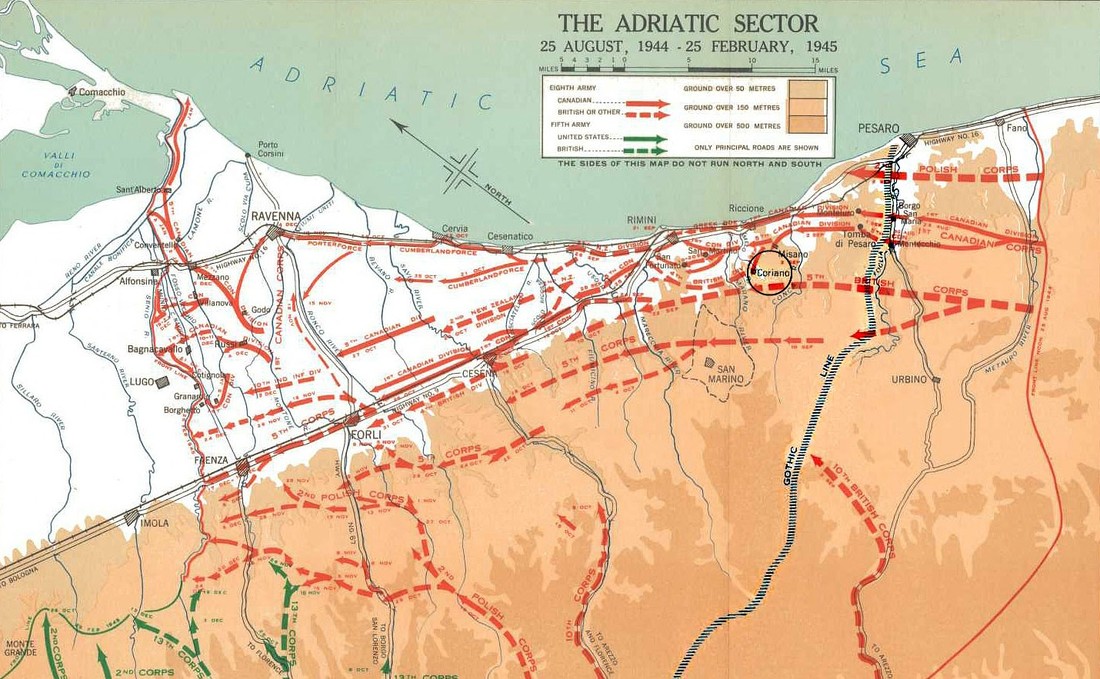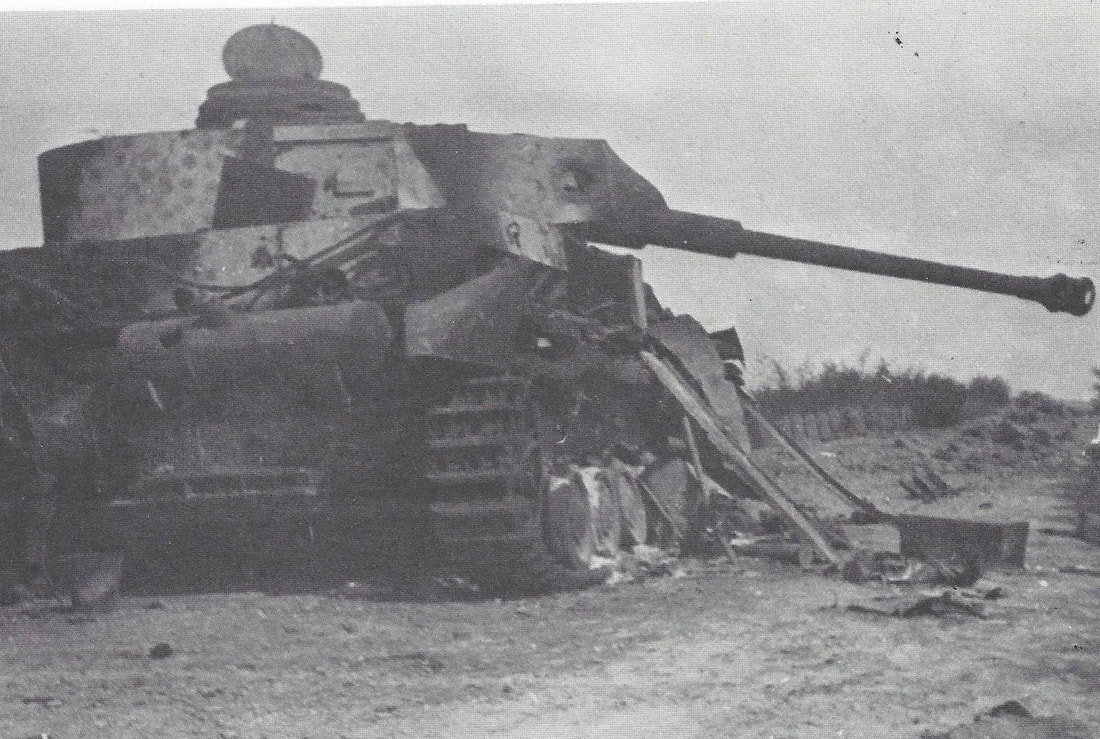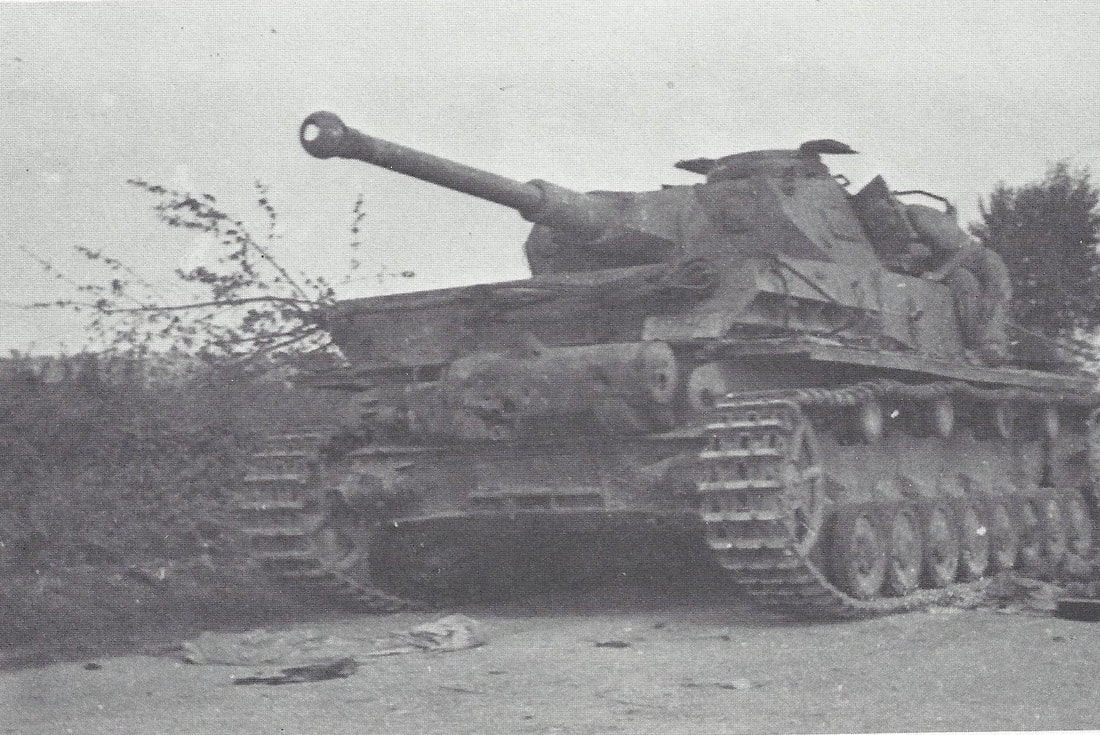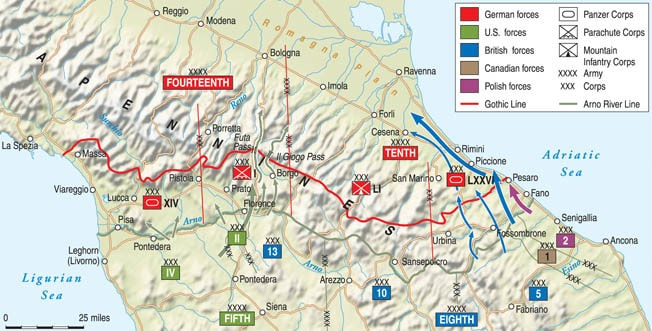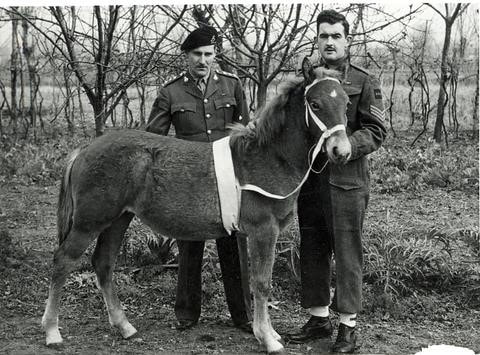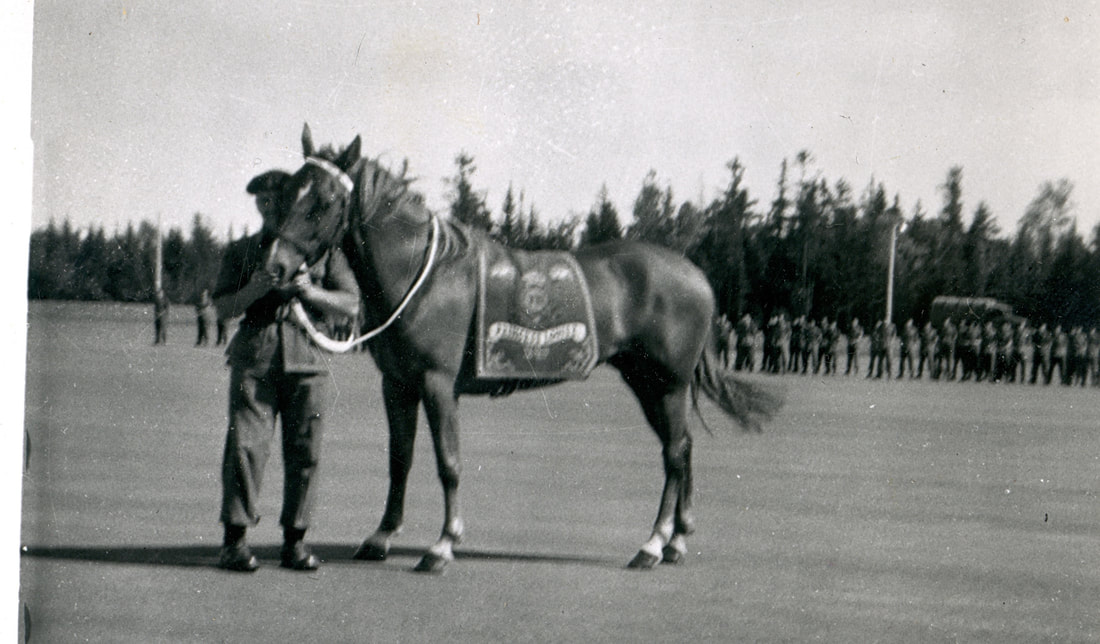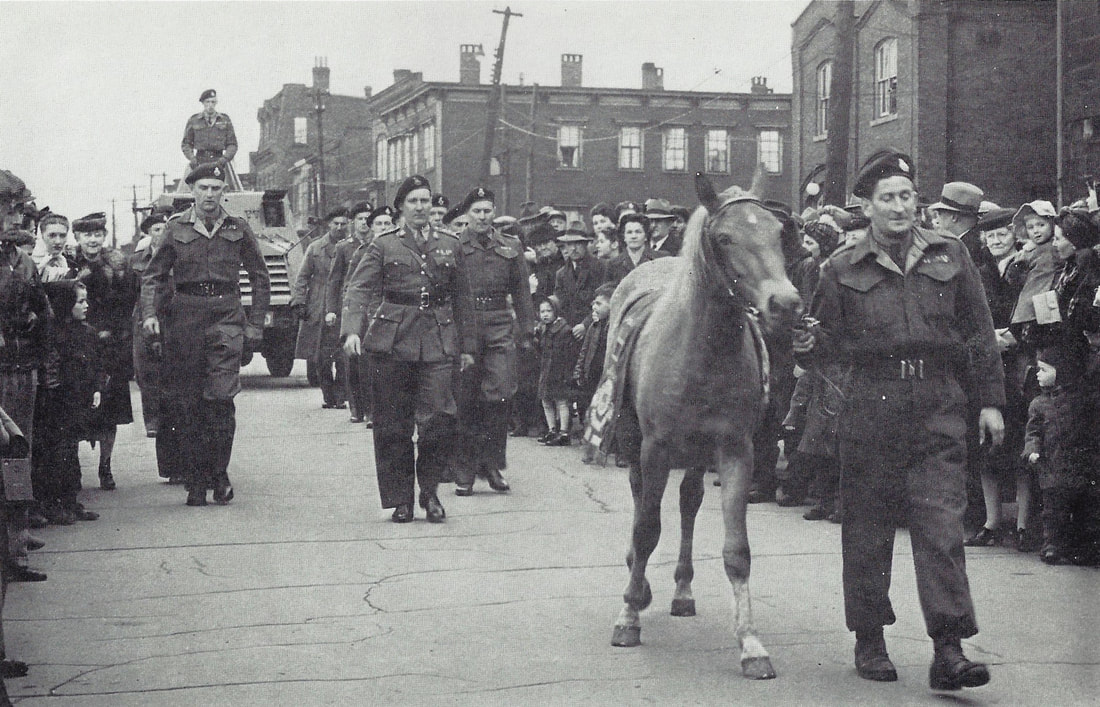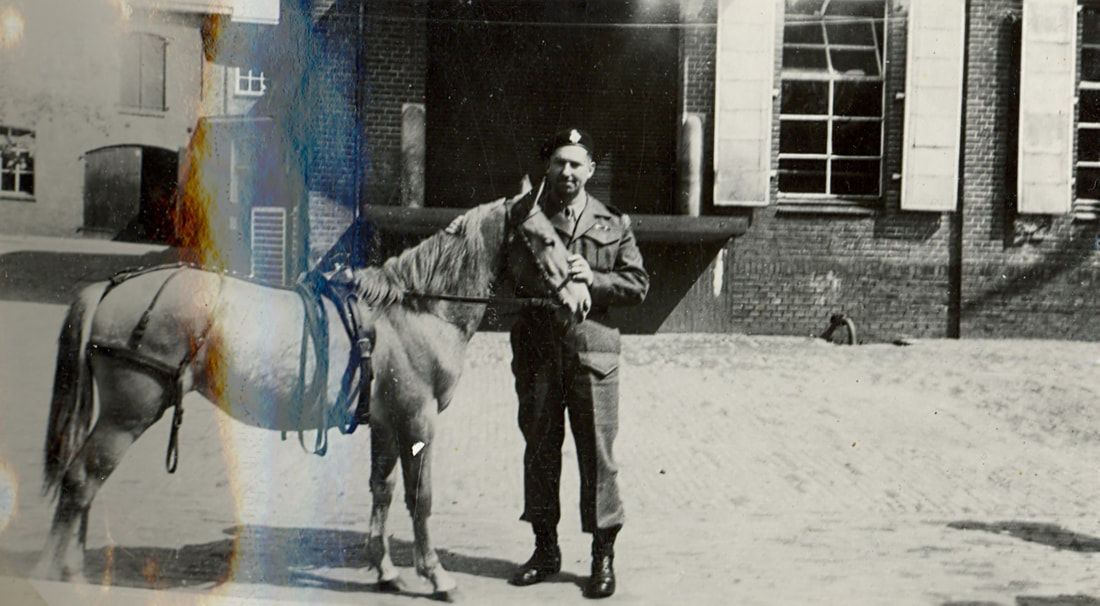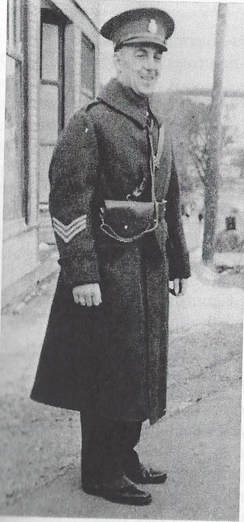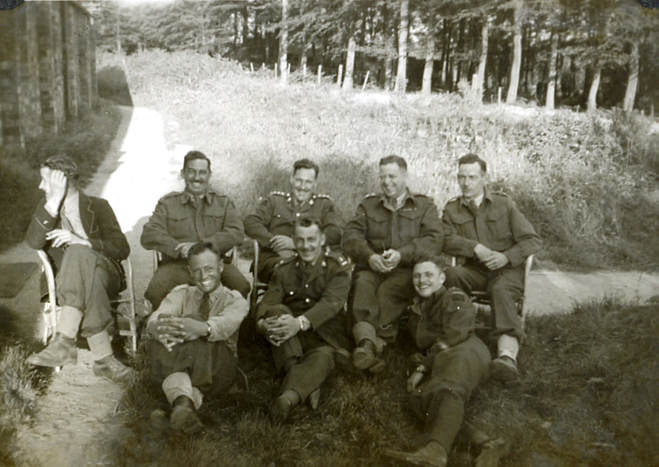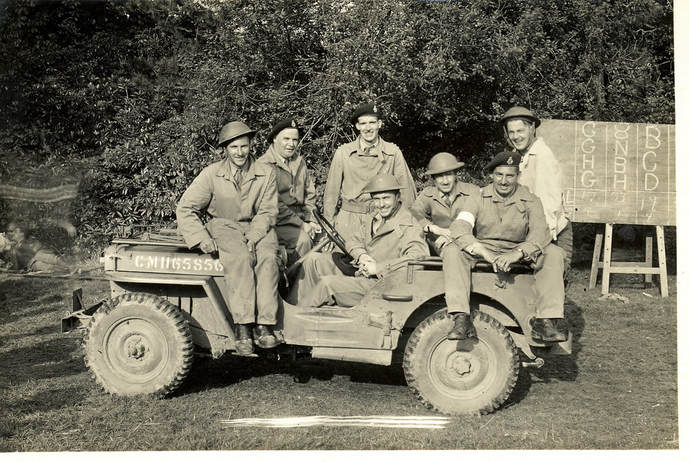The first few days were spent on organization; repairing vehicles and replenishing troops. Many major positions had to be replaced after the battle at the
Gothic Line. The men of the Hussars came back under command of Ian Cumberland's 5th Armoured Division; Captain Lloyd Hill took over 'A' squadron as acting major; Hunter Dunn commanded the new squadron rear link; Tim Ellis was made acting major of the Headquarters squadron; and Ray Neil was promoted to acting captain in 'C' squadron.
The weather was working against the men. Torrential rain for days on end caused the rivers to over-flow and the ground to become soft. Hills and mountain sides were subject to mudslides that cut off roads and access points. The poor conditions in the sky halted all air support operations. This delay finally gave the Germans an opportunity to reorganize and replenish their defences. Any advantage the Canadians had when they arrived at the ridge, was lost.
The allied attack was undertaken at night on September 13th, 1944. Every tank they had was rushed to front lines. They began crossing the Besanigo River and immediately opened fire on Coriano. They rained 400 shells onto the enemy defence and by morning, 'A' squadron was across the river. 'B' & 'C' squadrons supported the Cape Breton Highlanders in moving up the slopes on the other side. Soon, the Allies surrounded Coriano, allowing for the Irish regiment along with Hussars to advance into the town.
If you would like to find out more about Coriano Ridge, The Italian Campaign, or the 8th Hussars in general, you can visit the 8th Hussars Museum in the historic Sussex train station.
